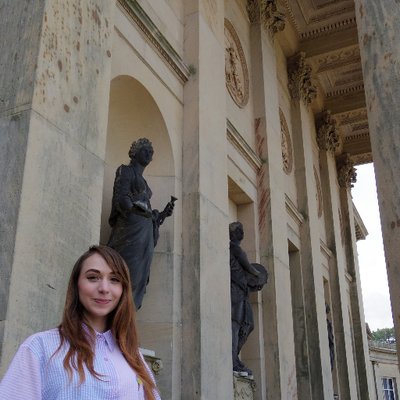In this podcast from our Late Summer Lectures series, Dr Amanda Blake Davis of the University of Sheffield takes us on a flight through birds and embodiment in the poetry of Percy Bysshe Shelley and John Keats.
This lecture explores the Platonic implications of Keats and Shelley’s vacillations between body and mind through their depictions of birds.
The bodies of living birds in Keats and Shelley’s poetry are cast off in favour of ethereal song in poems such as ‘Ode to a Nightingale’ and ‘To a Skylark’. But, as much as the disembodied voice of Keats’ ‘immortal bird’ transports the poet’s imagination away from his corporeal form, the poem’s composition in the presence of the real, living nightingale outside his Hampstead home underscores a prevailing dichotomy between body and mind that has Platonic implications.
In his ode, Keats’ vacillations between the imagined and actual nightingale are suggestive of a subtle Platonism, where ‘like Plato’, Keith D. White writes of Keats, ‘he perceives the ideal world only with the aid of the physical world’. Similarly, Shelley glides between the ethereal and the material in ‘To a Skylark’ with a combination of ‘natural’ and ‘direct’ Platonism. Alongside Shelley’s skylark, his recurrent images of swans dying in song reveals an allusive engagement with Plato’s Phaedo and its discussion of the Platonic division between body and soul, wherein swans, ‘when they perceive that it is necessary for them to die, sing not only as usual, but then more than ever; rejoicing that they are about to depart to that deity in whose service they are engaged’.





What do you think? Share your thoughts below.